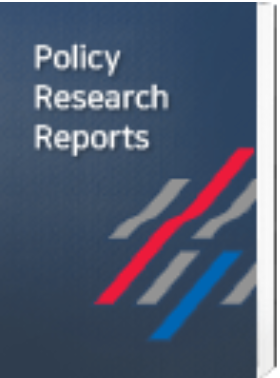Policy Report

RESEARCH
KOTI - Korea Transport institute
A Study on the Policy Improvement of the Future National Road Network Comprehensive Plan
- Date
December 31 2024
- Page(s)
page(s)
#Future National Road Network Comprehensive Plan
#Road Policy
#statutory plan

The National Road Network Master Plan serves as the highest-level statutory plan in the road sector, presenting policies that the nation must proactively pursue. In 2021, the government announced the “2nd National Road Network Master Plan (2021–2030)”, comprehensively outlining the vision, goals, and implementation strategies for road policies, including the national arterial road network. However, significant policy changes have since emerged, such as the launch of a new administration, amendments to the “Road Act”, and shifts in traffic conditions. Consequently, it has become necessary to revise the National Road Network Master Plan to adapt to these changes.
This study aims to analyze the major changes in road sector conditions, identify critical policies to be addressed in the updated the Master Plan, and propose responsive strategies for their implementation. The core of the Master Plan involves reorganizing the national arterial road network to enhance user-centered transportation convenience within living zones and optimize network efficiency. This study diagnoses the changes in the arterial road network since the plan’s establishment and suggests methods for their reflection.
Furthermore, it introduces concepts and strategies for incorporating new types of road infrastructure, such as underground expressways and ultra-high-speed roads, to address the expansion of metropolitan living zones and technological advancements. Lastly, this study reviews amendments to the “Road Act” enacted after the plan’s release and proposes measures to enhance the policy relevance of the National Road Network Master Plan. This research is expected to serve as a foundational guideline for the efficient operation of the national arterial road network in the future.
This study aims to analyze the major changes in road sector conditions, identify critical policies to be addressed in the updated the Master Plan, and propose responsive strategies for their implementation. The core of the Master Plan involves reorganizing the national arterial road network to enhance user-centered transportation convenience within living zones and optimize network efficiency. This study diagnoses the changes in the arterial road network since the plan’s establishment and suggests methods for their reflection.
Furthermore, it introduces concepts and strategies for incorporating new types of road infrastructure, such as underground expressways and ultra-high-speed roads, to address the expansion of metropolitan living zones and technological advancements. Lastly, this study reviews amendments to the “Road Act” enacted after the plan’s release and proposes measures to enhance the policy relevance of the National Road Network Master Plan. This research is expected to serve as a foundational guideline for the efficient operation of the national arterial road network in the future.